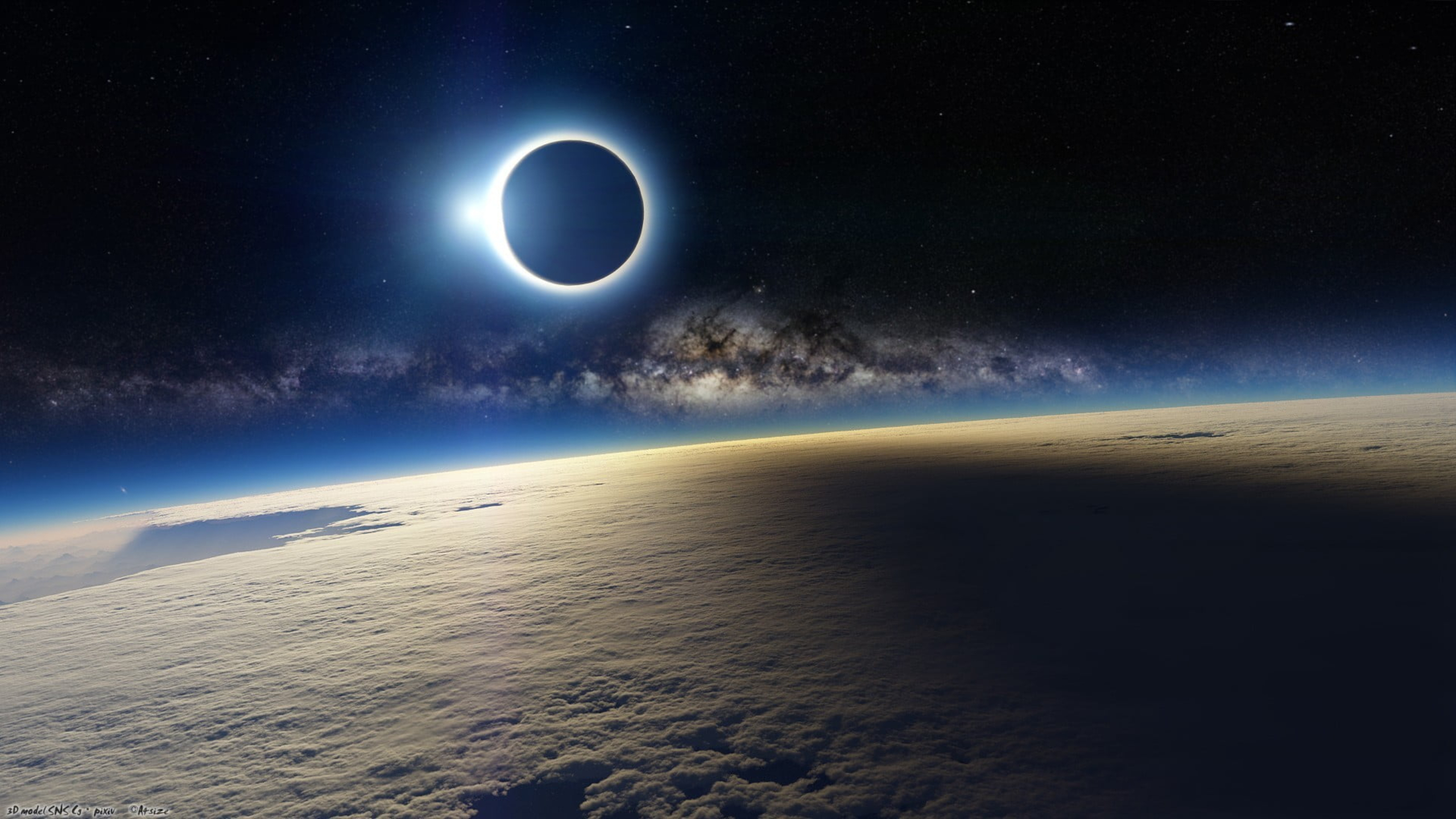

Cosmox Blogs
The Mysteries of the Moon
The Moon has captivated humans through its pale glow on the Earth at night and being a source for myths, theories, and imagination. Regardless of being the closest planetary body to Earth, the Moon remains a big mystery for countless reasons ranging from lunar water to the origin.
While the first landing of the Moon was in 1969 and research on the Moon has been going on before that and will continue to commence, there are some mysteries of the Moon that remain unsolved. While the Apollo mission helped reveal a lot about the Moon, there are still some mysteries yet to unfold.
1) Water on the Moon
For decades, it was believed that the Moon was completely dry. However, recent missions show the presence of lunar ice and water located at the craters in the lunar poles. This was confirmed by NASA’s 2009 LCROSS mission when a probe crashed into the lunar poles of the Moon and detected the presence of water.
There has been evidence of water found on the moon. But not just small streams of H2O but stockpiles of water covering the moon’s surface. Nobody knows how all that water ice is formed. Multiple theories suggest meteorite impacts that carried water from outer space to chemical interactions occurring due to solar winds. The amount of water found yet could help generate a new form of fuel for spacecraft or help sustain a future colony. Another possibility is that the water has been trapped away from the Sun’s rays for billions and billions of years.
Lunar water has been found in the atmosphere of the Moon as well as in craters situated at the poles. Most of this water/ice is found in places that aren’t sunlit, this is because the areas are extremely cold causing water to get trapped and prevent evaporation. The SOFIA mission confirmed that the molecules on the sunlit areas of the moon are, in fact, H2O. However, the moon is still extremely dry. To put into comparison, the Sahara desert has 100 times more water than the soil of the moon detected by the SOFIA mission.
This raises questions like, how did this occur? How much water is stored in the Moon? Could this water be used on Earth?
The mystery that still remains is how the water acts on the Moon. Scientists assumed that the water in the sunlit areas of the Moon would’ve evaporated, however, it was still spotted. The next step is to discover how this water is formed and how it persists. The discovery of water on the Moon can help so many lunar expeditions. This water could be used for drinking, agriculture or split to make rocket fuel. The possibilities are endless.
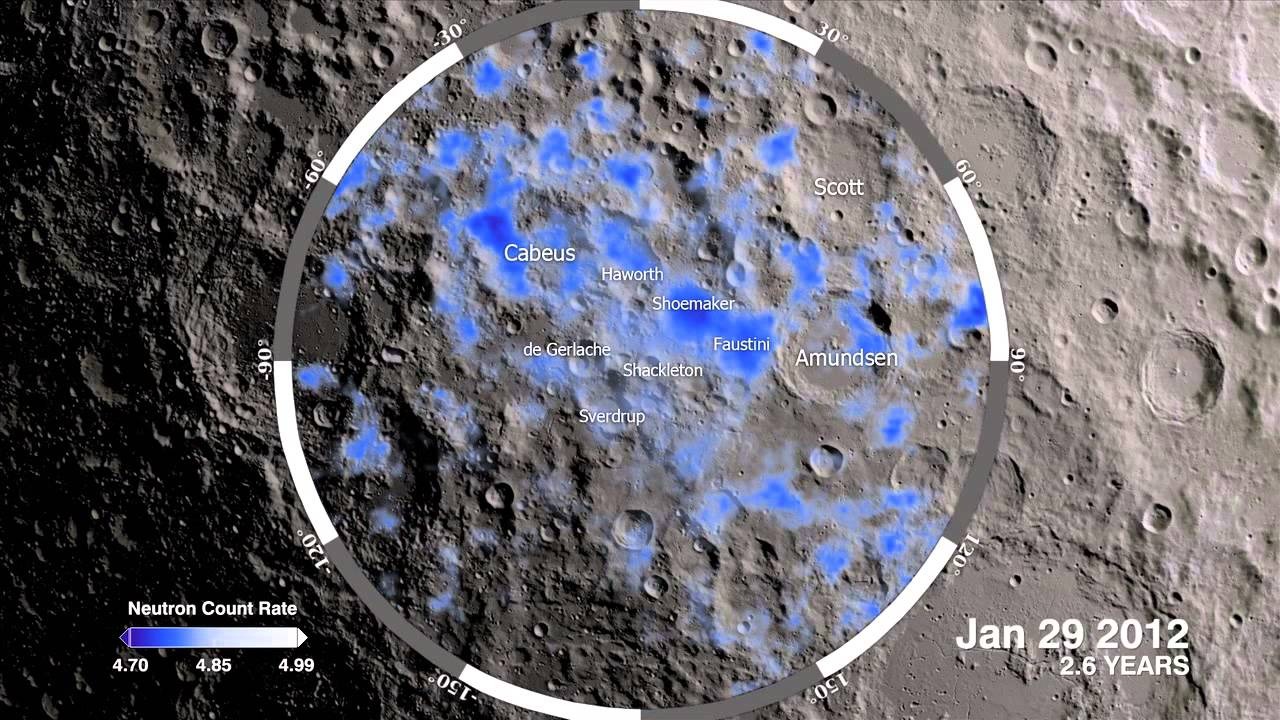
2) The Origin of The Moon
Apollo 11 gave the world their first insight into this mystery by bringing back 50 pounds of lunar rocks that proposed years of investigation into the formation of the Moon. These rocks set the stage for the understanding of the Moon.
Before that, many scientists had tried to form theories, none of them fully explaining how the moon was formed. The widely accepted theory is the ‘Giant Impact Hypothesis’. This explains how the Moon was formed 4.5 billion years ago when a planetary body, Theia collided with the early Earth. The impact shot vast amounts of material around the orbit, which led to the formation of the Moon.
Although this theory does explain the cause of some of the properties of the Moon like having a lower density and similarity to the lunar rockets found on Earth, some unanswered questions remain. If the Moon was formed by materials and other foreign bodies, why are the lunar rocks found on the Earth almost chemically the same? Furthermore, the theory suggests that the Moon should have foreign objects yet most of the Moon's composition mimics Earth. This is why the origin and formation of the Moon remain a mystery in planetary science.
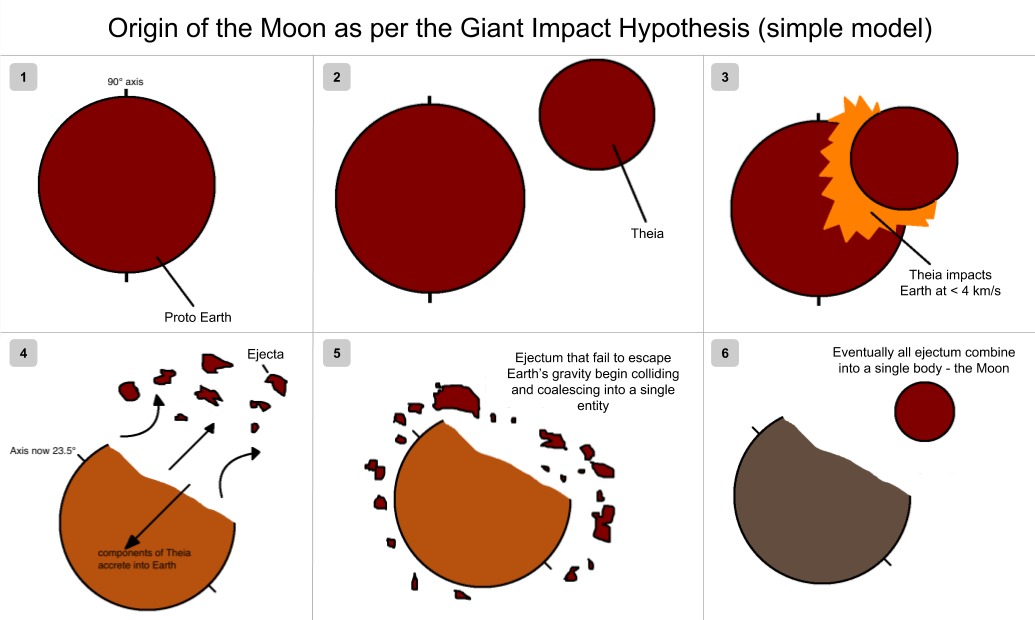
3) The "Dark Side of The Moon"
The “dark side’’ refers to the other side of the Moon that is out of visibility to the people on Earth. This is due to the Moon being tidally locked to the Earth, leading to only one side facing the humans on Earth, the “near side”. The side we never see is generally referred to as the “far side” because that side does receive sunlight, making it not dark. However, this side remains a huge mystery.
Humans didn't even see the far side of the moon. These images revealed a different landscape and terrain compared to the near side of the Moon. The near side has a smooth maria (large plains of solidified lava) whereas the far side is controlled by craters and highlands with a lack of maria. This difference between the two sides is enigmatic as we expect the Moon to be the same or at the least similar in terms of landscape and surface features.
Some theories suggest that the gravitational pull of the Earth has affected the geological conditions on the Moon. But this doesn’t fully explain the lack of Maria on the far side of the Moon, remains a mystery.
Recently, we have even managed to land on the far side of the Moon with ISRO’s Chandrayaan 3 in 2023. Hopefully, this mission can lead to a solution to this perplexing mystery.
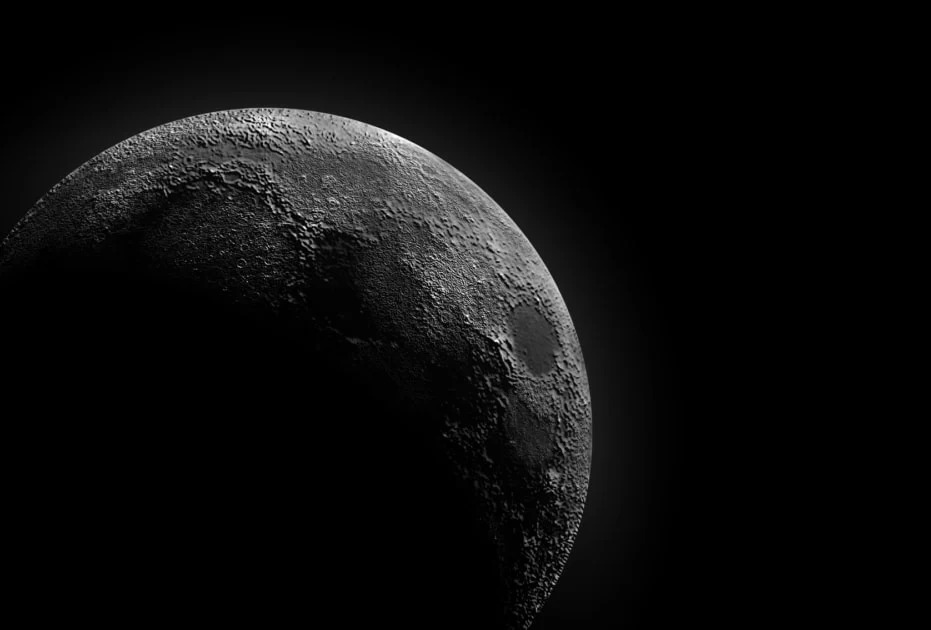
4) Lunar Anomalies: Transient Lunar Phenomenon (TLP)
Transient Lunar Phenomenon are strange lights that have been observed on the Moon throughout history. These glimpses of light range from glowing mists to bright flashes to dark shadows and coloured spots that appear every now and then. Even though these TLP’s have been documented for hundreds of years, the origin or reason behind this is still unknown.
Some scientists suggest that TLP’s occur due to solar activity like the solar wind reacting with the lunar surface leading to less frequent light emissions. While others suggest that TLP’s could be caused by outgassing which is when trapped gas is released beneath the lunar surface which could be the reason for the occasional mist or glows of light that are seen. Nonetheless, these theories are still just speculations and the actual reason is unknown and still a mystery. Further research needs to take place to prove the truth of these ideas.
An outstanding problem is the fact that this phenomenon is transient which makes research a difficult and coarse job, leading to tons of unanswered questions. Could these activities be tied to tidal, solar, or other aspects of the Moon? The mystery remains.
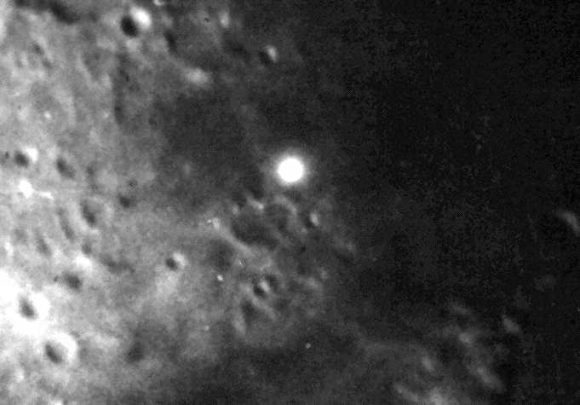
5) The Influence of Life on Earth
For billions and billions of years, the Moon has had a great impact on the Earth and the life surviving on it. One of these great impacts is unarguably the gravitational hold which stabilizes the Earth’s axial tilt and runs the ocean tides. Without this stabilizing effect, the Earth would face many challenges such as tilting extremely widely which can cause dramatic climate fluctuations which would affect the development of the species on this planet extremely. Still, some scientists argue the full extent of the Moon's influence on Earth. Some researchers suggest that the gravitational pull of the Moon could have even affected the evolution of certain early marine organizations through its tidal patterns.
There’s also another mystery of ancient civilizations predicting the Moon’s cycle, eclipses, and phases, as some of these civilizations led to the supernatural and extreme significance of lunar events.
Additionally, the question of the Moon supporting life briefly once upon a time has not been ruled out yet. There is evidence which suggests that, after the formation of the Moon, it may have had a thin layer of atmosphere and liquid water on its surface for a particular time. Even though the life we know never existed on the Moon, the idea that it could have been home to some other form of life early on in its history is tempting and remains an open question to this day.
As the new era of space technology has just begun, further exploration of these mysteries has started. NASA’s Artemis program which is set to send humans back on the lunar surface might help unravel these mysteries. Another exciting project might be to establish a permanent lunar base to allow scientists to conduct long-term explorations and take a step toward solving these mysteries. Despite the Moon being the closest celestial body to the Earth, it still holds some mysteries yet to unravel but might be solved with modern research and technology. This could unfold some of the Moon’s well-hidden secrets that have captivated humans on Earth for centuries.
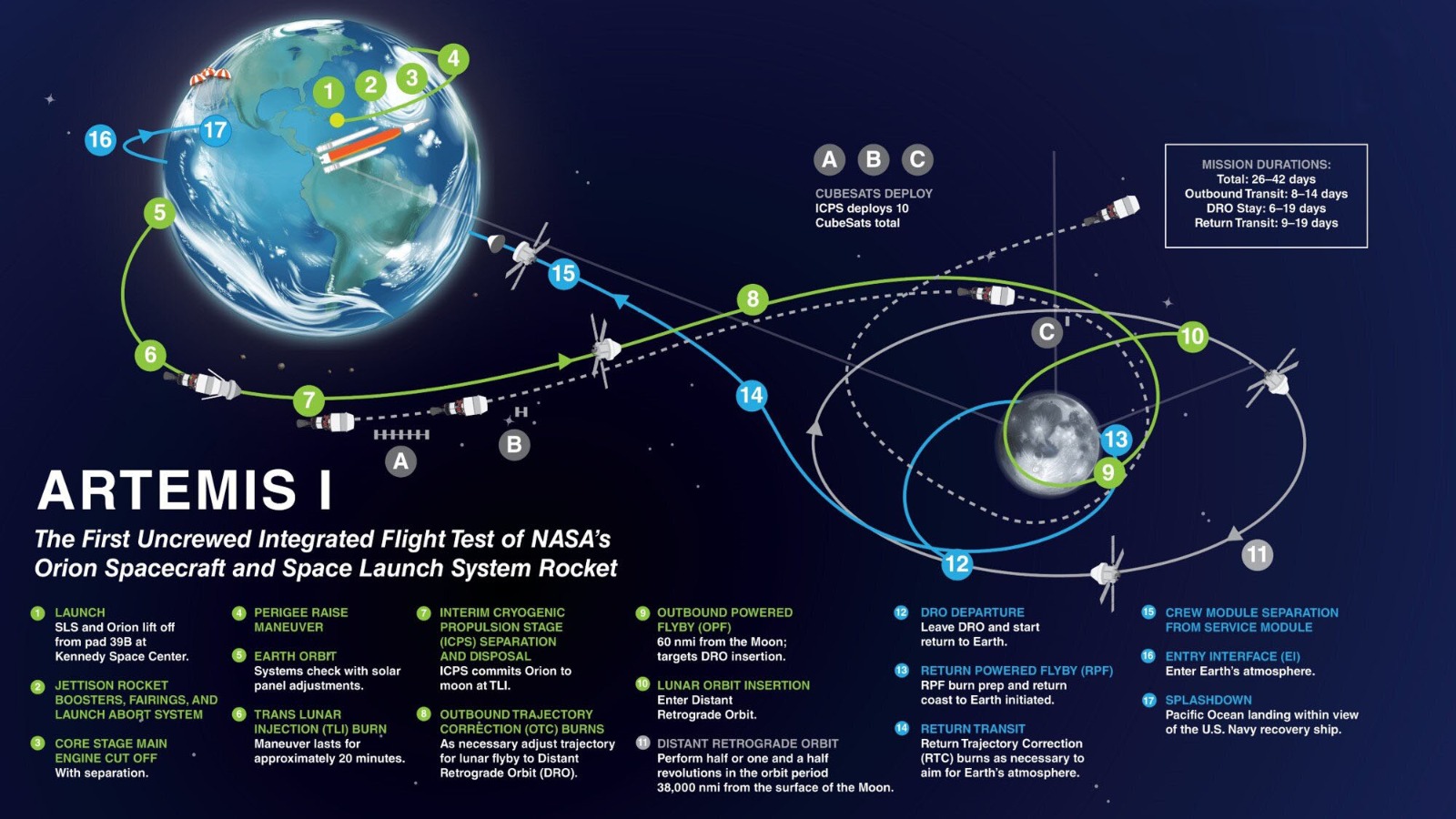

Cosmox Blogs
A non profit organization that works on writing and delivering blogs on cosmology, natural sciences & environment, so that people can learn more about it. We even run a forums page, where our users interacts with each other and discuss about Cosmology, Natural Sciences & Astronomy. We even run an instagram and a youtube channel with podcasts.